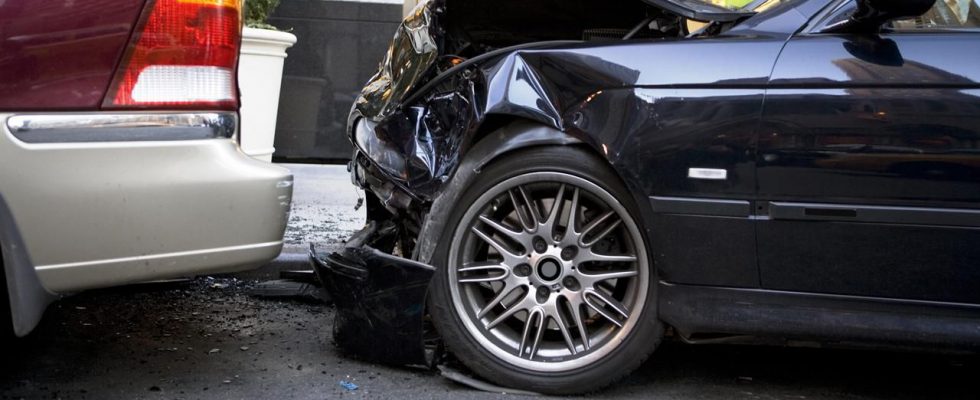Most people spend more than four years in a car during a lifetime. Driving safely and preventing car accidents is essential not only when you are on a long journey but also, and above all, for small everyday trips. Let’s learn how to avoid a car accident.
Despite having become one of the most common tasks, it must be borne in mind that driving a car represents a dual responsibility: towards yourself and those around you.
Before driving, it is essential to make sure that the vehicle is in perfect condition, starting from the mandatory overhaul (to be carried out after 4 years and every two years thereafter). The vehicle must be subject to regular maintenance to ensure safe driving. Remember to monitor filters, liquids, tire pressure, lights, brakes and indicators.
Limiting the speed is the most banal but most basic advice. Respect the speed limits set and remember that they are not chosen by chance but established by the Highway Code. They depend on numerous factors: type of road and vehicle, weather conditions and type of driver (novice driver, elderly person, person with children on board).
Defensive driving
Defensive driving is a form of training for motorists and motorcyclists, it can complement or exceed the rules of the road code, obviously from a precautionary point of view. The goal of defensive driving aimed at preventing car accidents, anticipating all those situations that can become dangerous.
Look ahead: It may seem trivial, but humans have not been designed to go beyond 25 km/h. It means that going beyond this speed is simply unnatural. Unfortunately, drivers have the habit of looking directly in front of their vehicle and not beyond.
Maybe you Do not think so for yourself, but think about it. If you are observing the number plate of the vehicle that precedes you, it is not enough. Where should you look? Further on, possible. Most accidents could be avoided if people had a better awareness of the situation, being able to react in less time.
Do not stare at things: it’s a source of distraction. Do not read what is written on the license plate of the motorcycle that precedes you, do not stare at the beautiful model of advertising on the roadside. If you stare at something or someone, you lose track of the vehicles around you. Do not make this mistake.
Attention, however, not fixing the eye does not mean not being careful. Check the mirrors, look to the left, look to the right, look where the road ends and look for escape routes. In short, try to get the picture of the situation: fast vehicles, slow vehicles, trucks, traffic lights, pedestrian crossing, crossroads. Try to have everything under control.
Anticipate possible scenarios
Defensive driving means having an escape plan. It is something that is gained through experience. Remember: you must always have an escape plan. Although you are very good, you cannot always predict what other drivers will do. Furthermore, factors beyond your control could very quickly change a quiet situation in an emergency.
A dog that crosses the road and everyone brakes, someone can lose control. Where will you go? What will you do? It is important to always have a picture of the situation, as already mentioned, but also to keep the safety distance, and to have the side of your vehicle free from obstacles.
Keep a safe distance
They all say this as a mantra, but few do. From a certain point of view, the safety distance is even more important than maintaining a normal speed. You absolutely need to be sure that in the event of sudden braking you will not hit anyone.
It could happen to a cross with someone who does not give precedence, or to a child who suddenly crosses the road. It doesn’t matter who is right or wrong. In this regard, you need to check the condition of the brakes and tires. A tire with a minimum tread increases braking distance, especially when the road surface is slippery or wet. This is vital when it comes to preventing car accidents.


